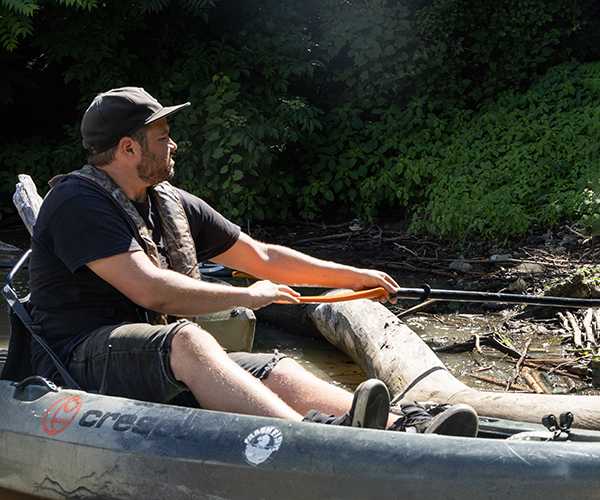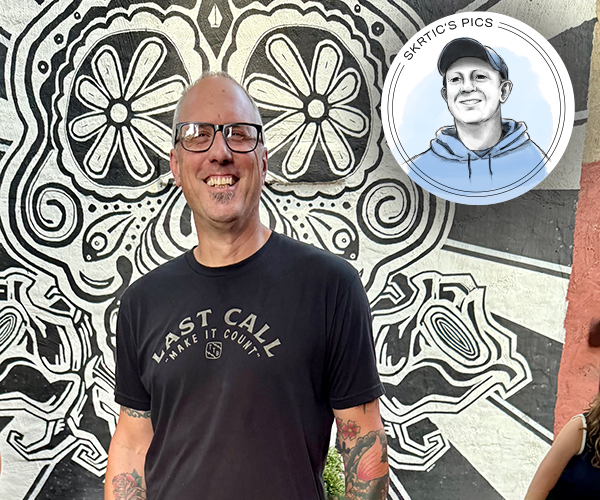Tracey Lind spent years searching for God. Then, she encountered him inside a McDonald's in New York City. The "interruption," as she calls it, is just one such moment that the Episcopal priest and dean of Trinity Cathedral recounts in her book, "Interrupted by God: Glimpses from the Edge." The 240-page collection of essays and photos encompasses everything from Lind confronting her sexuality to serving the poor in Patterson, N.J., to overseeing Trinity's $10 million 2002 transformation into an "urban piazza." We recently sat down with Lind to talk about the book and her congregation's work in the city core.
What inspired you to write this book?
"A number of people told me I really needed to reach a broader audience than I can reach from the pulpit on Sundays and that I had a unique perspective on religion and faith, on the place of church in society, on humanity. I also really wanted to share some of my photography. • Then, I tried to see if what I had to say and the photographs had any sort of connection."
What is that connection?
"It's twofold: One is about what happens when you're interrupted and what are interruptions about. I've come to conclude that life happens in the interruptions and that interruptions are often God, or the divine, the holy one, the eternal one, making him-, her-, itself present to us in unexpected people and places and moments in time. • The other thing was I had wrestled with the question of •passing' most of my life. Passing can be anything from being honest about one's own identity to passing by a situation where one really ought to speak up to passing up an opportunity."
Why was the investment the church made here in 2002 important?
"To create a bookstore, cafe, fair-trade gift shop, art gallery, performance space and conference center in the heart of the city is a huge risk for us. But it's all about the idea of creating places of destination. • Because it is only at the intersection of diversity that new ideas emerge. To me, it's amusing to look at lifestyle centers like Legacy Village and Crocker Park. It's not a new form of urbanism. It's about creating the fantasy of city without the challenge of diversity."
How did you arrive at the idea that the city is where people can go to find their faith?
"I'm passionate about cities. I grew up in an inner-ring suburb in Columbus and I majored in urban studies and studied city planning and then I went off to an urban seminary in New York City to try to find God. • So many people are afraid of the city. They misunderstand the city. • But I think for the good of the globe, as well as our souls, we need to reclaim our cities. I'm always inclined to say, •Find your pilgrimage in the city. You don't have to go to the wilderness.' In some ways, I think the city is the place of wilderness now."



